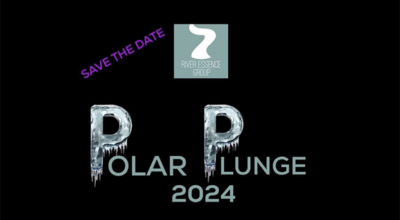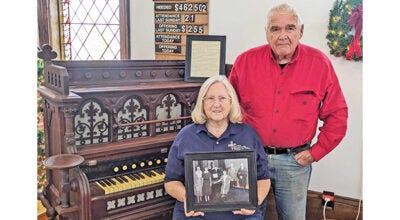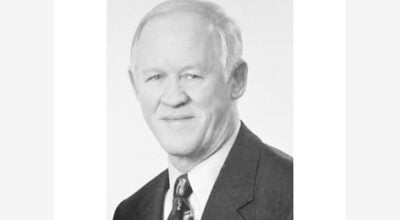Dave Carlock: McCartney mixes songs with stories
Published 7:41 am Friday, August 2, 2013
Welcome to Part Three of my experience at the Paul McCartney concert in Indianapolis, Ind., on July 14. Last week, I described the hang with my longtime friend, guitarist Brian Ray, and began detailing the show’s incredible setlist.
It’s not uncommon for Beatles fans to prefer songs from the early part of the band’s career, which I refer to as the ’62-’66 era (after Capitol Records’ red greatest hits album, “The Beatles 1962-1966”); or the ’67-’70 era (after Capitol Records’ blue greatest hits album, “The Beatles 1967-1970”). ’62-’66 fans identify with the simple rock and roll energy of that period and it’s not unusual to hear some people say they like it more because “it’s before they got into all those drugs”… To each their own, but I prefer the ’67-’70 era, drugs or no drugs.
The concert’s first glimpse of ’67-’70 tracks started mid-show during a section with just Paul and his left-handed acoustic. Paul recounted writing a song in the 1960s about the American civil rights movement and then treated all 18,000 of us to a stadium-hushed rendition of The White Album’s “Blackbird.”
Asking the crowd how many people play guitar, he cheekily quipped that we all probably learned to play the song wrong, and he was right. Even I had learned to play it “a little” wrong. I had the fretting hand nailed, but his strumming hand alternated between an “index-fingernail strum” and a “thumb and middle finger pluck” that really couldn’t have been deciphered without seeing it. And see it we all did, after a special downstage stage section elevated Paul a good 10 feet above the main floor crowd’s heads for better viewing to the three upper section tiers.
After “Blackbird,” Paul continued acoustically with “Here Today,” a song he wrote for the late John Lennon. Then, he took the time to encourage all that, if we wanted to tell someone we loved them, to do it and not to wait. It’s amazing how just a line or two of simple and direct explanation can make a song so much more powerful. While much of pop music’s job is to communicate simply and lightly, the weighty message of “Here Today” was unlocked by the artist’s narrative. To those who don’t care to pay attention, classic pop songwriting can be criticized as being shallow. But many times, it isn’t at all. It’s all in how you listen to subtlety and understatement.
Returning the stage to a single level revealed that the stage hands had been busy bringing out what the concert program referred to as the “Magic Piano” — a psychedelic upright that replicates Paul’s at-home writing piano. Appropriate aesthetic in place, Paul jumped into more ’67-’70 glory with “Your Mother Should Know,” and “Lady Madonna.”
Next, it was announced the band was debuting a few new songs that hadn’t ever been toured with before this year: “All Together Now,” “Lovely Rita” and “Being for the Benefit of Mr. Kite,” the latter of which featured some fantastic sampling and keyboard work from keyboardist Wix Wickens.
Duplicating the wild carousel meanderings underpinning one of Sgt. Pepper’s most adventurous tracks allowed us to feast on the song which famously drew its lyrics almost verbatim from a circus poster from the mid-19th century.
A tribute to George Harrison was also touching in “Something,” perhaps Harrison’s masterpiece and the clear evidence that the youngest Beatle had achieved the level of songwriting greatness that elders Lennon and McCartney had, albeit on the band’s final album. Beginning “Something” on a ukelele gifted to Paul by George, the band joined in midway and gave the glory of the song’s magnificent arrangement its full respect.
“Ob-La-Di, Ob-La-Da” and “Back in the USSR,” brought the crowd back from Harrison’s sweet melancholic tribute, and, after a walk upstage to the elevated grand piano, Paul performed “Let It Be,” with Brian back on bass duties. As exceptional as Brian’s guitar playing is, a more subtle test of his musicianship is found in his ability to channel Paul’s well-recognized bass style at will. It makes me wonder how much of Brian’s bass playing was shaped by years of listening to Beatles and Wings records and how much is simply deft musicianship at work? Who knows, but man, he really nailed it.
TO BE CONCLUDED NEXT WEEK:
The amazing encores and more about guitarist Brian Ray’s great new band, The Bayonets. Plus, details on a very cool fan club that makes charitable contributions in the name of their favorite musician — The Whooray Team.
FIND A WAY, MY FRIENDS
Dave Carlock is a 26-year veteran of the entertainment business whose work as a recording engineer and producer, touring musician, and songwriter made him Googleable. His continuing work as an Independent Content Creator of Sound and Image has earned him a Grammy Award certificate, two Platinum Record Awards and a Paragon Award in advertising. Currently, he brings national and international artists to make records and music videos at his production studio in the Benton Harbor Arts District. www.davecarlock.com





